Interface: Bluetooth/USB wireless
USB ID: VID_260D&PID_1001
FCC ID: 2AMSUTB138
Product Name: Nordic 2.4G Wireless Receiver
Bluetooth name: SANWA Gravi
Year: 2022
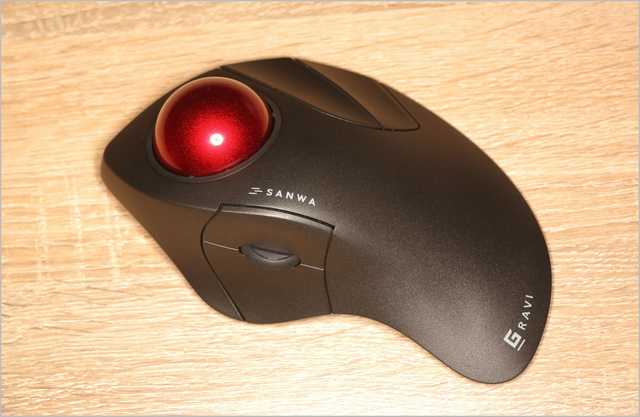
This trackball is very close in shape to the famous Microsoft Trackball Explorer - and many trackball users noticed nearly 100% similarity. The images from Japanese trackball enthusiasts Kozuka and Mineko:

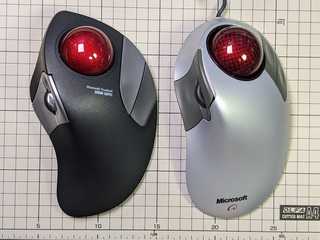
It's a second Sanwa's attempt to create similar device. This time it seems to be successful, while former Stream MA-TB32UPS / MA-TBW34 models were quickly discontinued due to fundamental design flaw:
Spoiler
Show
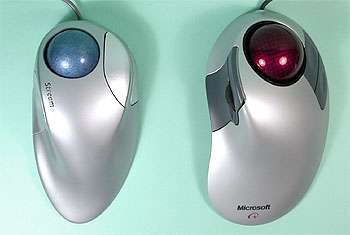
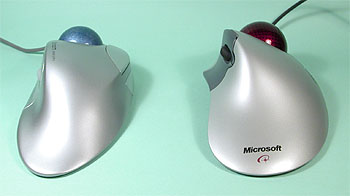

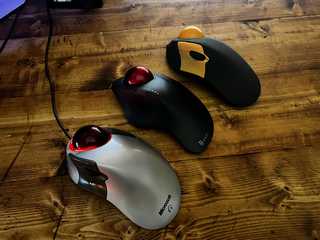
Many of Sanwa trackballs are just relabeled versions of other products, but some seems to be actually designed by this company, including Gravi. Device exists in five variants: models designed for Japan have bi-color scheme (but opposite to MTE, the buttons are of lighter color instead of darker one), lower resolution with different stepping (600/800/1200/1600 vs. 1000/1600/2400), and have just one connection method per each model. Japanese versions are labelled MA-WTB182 (2.4GHz wireless), MA-BTTB183 (Bluetooth) and MA-TB181 (USB wired), "global" ones - 400-MAWBTTB138 / GMAWBTTB138 (Bluetooth/Wireless combo) and 400-MATB137 / GMAWBTTB137 (USB wired).
Actual manufacturer of Gravi is Dongguan Togran Electronics Co., Ltd. Interestingly, this factory is also offering another variant with slightly more rounded casing, different arrangement of buttons (one on the right side, but two above the wheel on the left) and LED-illuminated ring around the ball, just like original MTE had. This model is pictured unbranded, so it's currently not clear if it will be marketed under Sanwa label or some other brand. [Update by spring 2023: modified versions appeared as Nulea M505 and ProtoArc EM03 models. The latter is reportedly made by Shenzhen Seenda Technology Co., Ltd.]
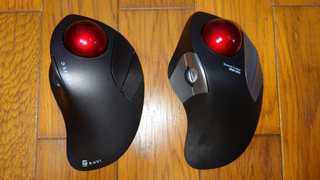
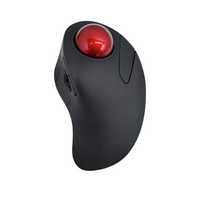
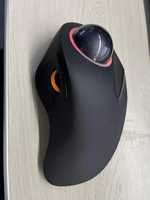
I've selected the "global" version coded 138 because of universal connectivity, higher DPI and all-black casing I like more. On the bottom label it does have both Sanwa Direct and Sanwa Supply logos, and dual model numbering: 400-MAWBBTB138 and GMAWBTTB138. The sensor is 2400 dpi PixArt PAW-3212, controller - Nordic Semiconductor nRF51802. Scrollwheel encoder is mechanical. Polling rate is 125 Hz.
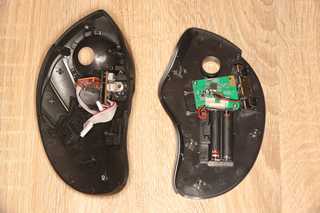
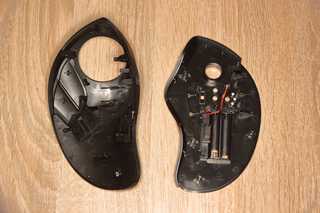
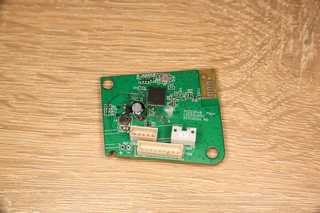
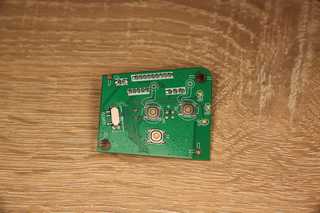
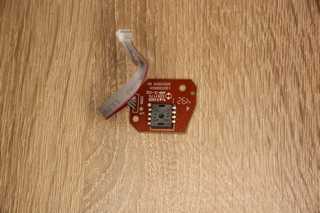
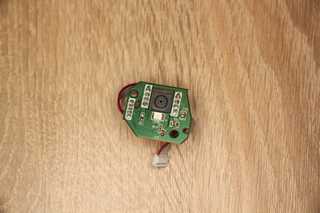

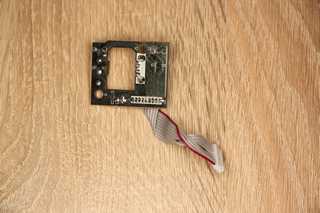
The ball is supported by high quality 2.00mm white ceramic beads. Mounting is interesting: they're inserted into cup's holes and locked in place by additional external plastic ring's tabs. Some users reported sticking and rubbing the internal surface of ball cup. Maybe it's a result of this fixture design: if excessive pressure is applied to the ball, the beads can make small dents in relatively soft plastic, causing expanding of mounting diameter and ball sinking deeper. Similar issue was formerly occurred with Sanwa's Trackball Pro MA-TB38 / MA-WTB40 models.

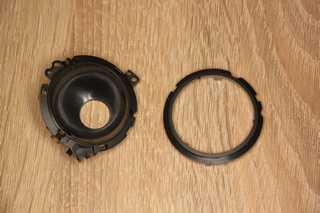
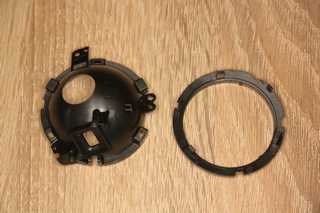

The switches are 6x6mm square ones. Left-side button switches (obviously considered to be a "primaty ones" by manufacturer) are different from the rest: grey case with black pin, while 3 others are black case with green pin. The PCB allows mounting of 3-pin "Omron-style" switches instead of the latter as well.
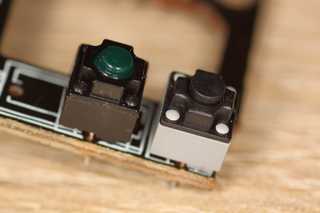
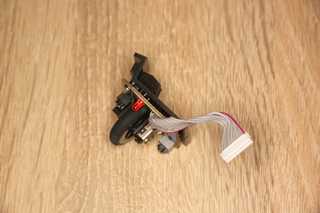


The RC9A receiver (FCC ID: 2AMSURC9A) contains Beken BK2425 chip.
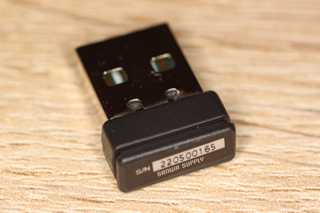
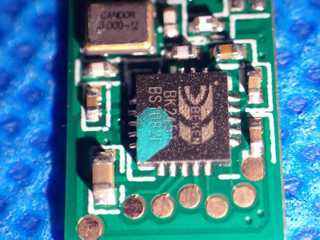
Minor usability issue is the absence of any labeling for control buttons (especially strange if compared to the clearly labeled LEDs), and their illogical arrangement relative to the corresponding indicators. The button surrounded by selected connection LEDs is not for selecting them, but for Bluetooth pairing. Two others located nearby are Select and DPI switch, but active DPI is indicated by totally separate LED located near the scrollwheel - so switching is a kind of acrobatic procedure requiring both hands and tactile & visual attention from different sides of device.
In addition to selectable DPI, device also have "slowdown" mode for extra precision, activated by holding the Right and Forward buttons for more than 3 sec, and deactivated by holding the Right and Back buttons. Switching is indicated by red side LED flashing. This LED is also used as a low battery indicator. Its visibility is very poor: you need to specifically look into the slits between buttons and wheel. The same location is successfully used in Elecom trackballs - but they use glossy metallic side of the wheel as a mirror to reflect the light, while all-black parts of Gravi block it.

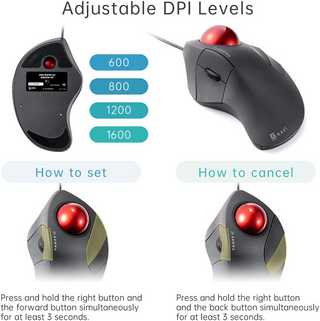
Being "almost official descendant of MTE", the Gravi replicated bizarre Microsoft idea of putting right button on the left side of device. Just like Microsoft, Sanwa provide the software driver to reassign the buttons, but its first version was known to cause heavy problems. As the device is standard 5-button HID mouse, any third-party utility like XMBC could be used instead.


For me, the software fix isn't optimal solution - so I've just rewired the buttons on PCB, making right button the right button. It would be much easier to do it by cutting & soldering the wires - but the cables belong to the different daughterboards and connectors, so I elected to mod the main board. To be honest, controller leads pitch of 0.4mm makes it a bit difficult, requiring the microscope and fine soldering iron:
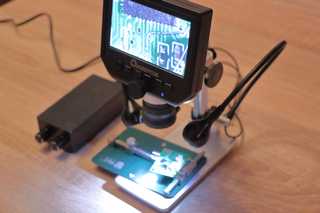

User manual: https://trackballs.eu/media/Sanwa/Gravi ... manual.pdf
Sanwa's Soft-X utility v1.2:
https://www.sanwa.co.jp/support/downloa ... er.1.2.exe
Vendor's logos:


In general, this trackball is quite good. The shape is very convenient; button's location & travel feels nice, without any unpleasant free play or wobbling. Click feel is perfect: silent, but with distinct tactile feedback. Ball movement is very smooth. Quality of plastic molding is fine. In my opinion, this model could be considered "a new MTE" so many users wanted after discontinuation of the original. As usual, it was extensively used to prepare this article.